|
To sequence a vinyasa class around a peak pose is a planning tool. Yes, correct. It's not about doing the pose itself. It's about using that pose as a lighthouse in the distance, then navigating towards it. It's about preparing your students' bodies for a fair and safe chance to approach the pose. In reality, quite often you won't even do that pose. You certainly won't tell the class that you have a peak pose. It's a planning tool. How?
1. It gives you a direction and a physical theme. We cannot do all the fun stuff in every class, so this is a simple way of crossing out poses and cues that don't fit into the theme. 2. It forces you to analyse a pose and dissect it, to taste it and try it and figure out its' components, energies, alignment and actions. For example, Flying Pigeon (Eka Pada Galavasana, demonstrated by BKS Iyengar above) is a Figure Four shape in the front leg on top of a Chaturanga, with the action of shooting the back leg upwards. 3. Once you have figured out the above, simply look for other poses with similar alignment, actions and angles. How can you teach the pose without doing the pose? We usually recommend identifying 5 key poses that pick up the components of your complex pose in a simpler way. 4. Now you can sequence your class. Use the key poses, the suitable actions and alignment as well as verbal cues throughout your warm-up and main part of class. Always plan a well-rounded and balanced class with all different movements the body can do, but use your peak pose to navigate. Interested to learn more? Vinyasa Flow Teacher Training in Portugal ›› Anatomy, philosophy and class sequencing – these are typical subjects that might come to mind when we think about advancing our yoga teaching skills and growing in our profession. But there are a whole range of less obvious skills that you'll need to develop in order to become a really good yoga teacher. Let's call them non-yoga skills. It's everything else you have to be good at, other than your topic. And it's a lot.
Who else other than a yoga teacher gives a 90 minute memorised yet adaptable speech – a crazy mix of a technical manual, stand-up comedy and lecture all in one – several times a week? And these are just some of the skills you need to some degree in order to become a yoga teacher with an edge. Between doing your taxes, being a social media expert and organising events, it's a lot. You have to be a bit of a polymath – a person whose expertise spans different subject areas. As a yoga teacher, it's clever to identify your strengths and weaknesses. Maybe by giving yourself a score between 1-10 from the list below. Then make a plan for the next couple of years. Play your strengths. Deepen your knowledge in areas you love. Become an expert in your natural areas of interest and skill. But don't just do that. Develop your weak areas as well. Especially if you have been teaching for a while already. Learn, grow and broaden. Gain confidence. So what are some of these non-yoga skills?
UPCOMING YOGA TEACHER TRAININGS IN EUROPE How to price yoga is always a big topic in our True North Vinyasa 200 hour teacher trainings. It can feel uncomfortable and even wrong to put a financial value on this practice that you love and want to share. For many, especially as studios and gyms may not be an option at the moment, starting where you're standing is a good idea. Most of our trainees have colleagues, friends or family who are interested in taking their classes right after training. The big question is, how much should I charge them? What am I worth as a new yoga teacher? And, should I charge at all actually? Isn't yoga supposed to be free?
Let's start with the last two questions. While it's true that the wisdom of yoga was once a master to student teaching tradition without financial transaction, that is no longer the case. And even then, there was an exchange of gifts (food and other offerings). If you would like to be a modern day yoga teacher and take yourself seriously, you have to be okey with talking about money. The thing is, yoga is free. Breath and movement exist already in every body, ready to be released. To be guided by a professional who invested in her craft however, should not be free. Step one in pricing is to know your own worth. Step two is to understand the industry you work in. Yes, it's an industry – a huge multi billion dollar/euro industry. Being a yoga teacher, although often passion driven, is a job. Even if you are just starting out and don't rely upon yoga as an income, please understand that many others do. And that one day, you might also want to. Think sustainably and price accordingly. You want to price as if you had to live off teaching even if you don't. Otherwise you sabotage for others. But what if you are a brand new yoga teacher then? Wouldn't it make sense to charge less than a more experienced yoga teacher? Of course, if that makes you feel more comfortable. The trick, and we can call this step three, is then to set a time limit on your little internship. If you teach a small group of friends because the practice of teaching has a high value for you, communicate this: "For 3 months, my classes will be €10 per person because I want to build experience teaching a group. After this, I will charge €20 per person (or whatever is standard where you live)". By the time the 3 months are up, if you have done a good job, they will stay with you and you will work sustainably, insuring high quality classes for your group and a chance for you to keep loving your new job. A few more general tips on pricing:
MORE ABOUT LIFE AS A YOGA TEACHER SKILLS FOR YOGA TEACHERS UPCOMING VINYASA TEACHER TRAININGS A while back we did a survey amongst our friends and graduates. We wanted to hear from you before setting a curriculum for our Advanced Vinyasa Teacher Training. Much of what we know got confirmed, and is now the basis of our 300hr YTT program. Some of what you helped us confirm:
One of the most common questions we get from potential trainees for our foundational 200 hour vinyasa yoga teacher training is, do you think I'm ready? If you are thinking about this, you are not alone. Most who show up to their first day of training are wondering if they are ready, glancing over at the other trainees and their yoga practice. Is she stronger than me? Is he more enlightened than me?
We've had trainees from all walks of life graduate our program with flying colors. An 18 year old recent high school graduate having a taste of freedom. A 63 year old former marketing director looking for change. A 23 year old medical student on a gap year. A 34 year old psychologist in-between jobs. Along with most of our trainees (we've graduated over 100 at the time of writing), they have a few things in common. Do you recognise yourself in any of this?
Read about our next 200 hr vinyasa yoga teacher trainings here. And feel free to contact us if you want to discuss if our training is the right one for you! Less of a career choice, more of a heart's desire. That's what brought most yoga teachers to start teaching. Yet, it is certainly a profession, no matter to what degree you end up teaching. Here are few things we'd like to share that might help you if you are thinking about becoming a yoga teacher.
Interested in a vinyasa teacher training? Check out our Yoga Alliance certified 200 hour trainings here ›› And our certified Advanced vinyasa teacher training here ›› As vinyasa teachers we constantly crave and look for new and fun transitions, don't we? How to guide students from one pose to the next with elegance and maybe a little innovation is an art. Here are three fun, playful transitions that might give a little edge to your next vinyasa flow yoga class. To see them in movement, there are links below. You can find more moves if you head over to Elin's Instagram account and look under reels! 1. All fours to high lunge From all fours, inhale to extend the right leg back. Exhale to lift left knee and draw right knee into chest (big image). Inhale lower left knee, right leg presses back. Exhale lift left knee, draw right knee to chest. Now inhale to three legged dog. Exhale to step the foot forward between the hands. Inhale arms up to high lunge. See the reel here. 2. Three legged dog to camel pose From three legged dog, exhale to shift forward to three legged chaturanga. Inhale to upward facing dog. Exhale to sit back on your heels, grabbing the heels. Inhale press hips and chest forward to camel pose. Exhale to come all the way to down dog or child's pose. See the reel here. 3. Dolphin pose to chaturanga Establish dolphin pose, ensuring that the elbows are pointing straight back, hands shoulder width apart. On an exhale, keep the elbows bent and shift the chest forward, squeezing the elbows in until landing in chaturanga. The arms never straighten. Inhale to up dog and exhale to down dog. See the reel here.
At the time of writing this, True North Vinyasa has graduated close to one hundred amazing, authentic vinyasa flow teachers at the 200 hr level. At this point we are getting ready to start designing a program on the 300 hr level (the two certificates combine into a 500 hr certificate). Our current plan is to launch the program in 2022. But we'd like your help in our pursuit to put together the best possible program!
If you are a yoga teacher, let us know what you are craving and longing for in an advanced teacher training. What is the most important for you? Please take 5-10 minutes and help us by filling out the survey below. More information about the advanced teacher training (we can tell you already that we'll have a lot of practice, anatomy, vinyasa sequencing and yoga business on the schedule!) will follow later this spring/summer. Link to the survey Thank you! Elin & Lisa At the moment, Yoga Alliance has extended the possibility for yoga schools to offer yoga teacher trainings online for at least another year. Chances are, this is a permanent shift. It's now possible to join a certified training anywhere at anytime, for as little as €350. A difficult choice for someone interested in becoming a yoga teacher just became even more difficult. How do you compare a €350 training with a €4500 training? We think you don't.
We discussed moving our training online when the pandemic first hit. Ultimately, our decision is firm. We will not offer our program online. These are some reasons why.
So, instead of re-inventing our program and trying to squeeze it into a screen, we will stubbornly stick with our 3 week intensives through 2021 as well. This is what we are passionate about. This is what we do best. PORTUGAL APRIL 2021 SWEDEN SEPTEMBER 2021 PORTUGAL NOVEMBER 2021 If you're a yoga teacher, you're also an online yoga teacher now. Whether you like it or not. Overheard in a yoga podcast last year, oh so true. We've had to adapt and adjust, fumble around with cables, software and angles like never before. Here are a few things we've learned so far about teaching vinyasa flow online to a live group.
Your can find both Elin, Lisa and Nazareno online streaming away in the winter and spring of 2021. Take a class with one or all of us to get an idea of what you can expect in a daily practice at a 200 hour vinyasa teacher training. Inpsiro Yoga's (Lisa & Nazareno) Virtual Studio ›› Elin Jensen's Virtual Studio ›› |
AuthorArticles about the world of teaching and living Vinyasa Flow Yoga by Elin Jensen and Lisa Andersson Rhodiner Categories
All
Archives
November 2023
Categories
All
|
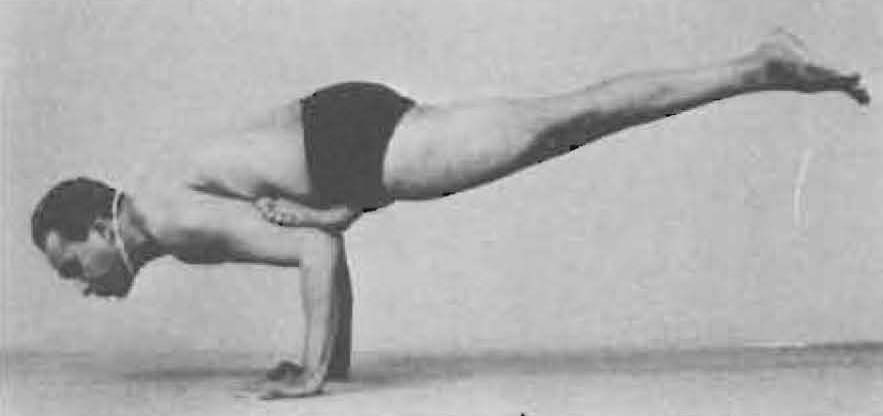
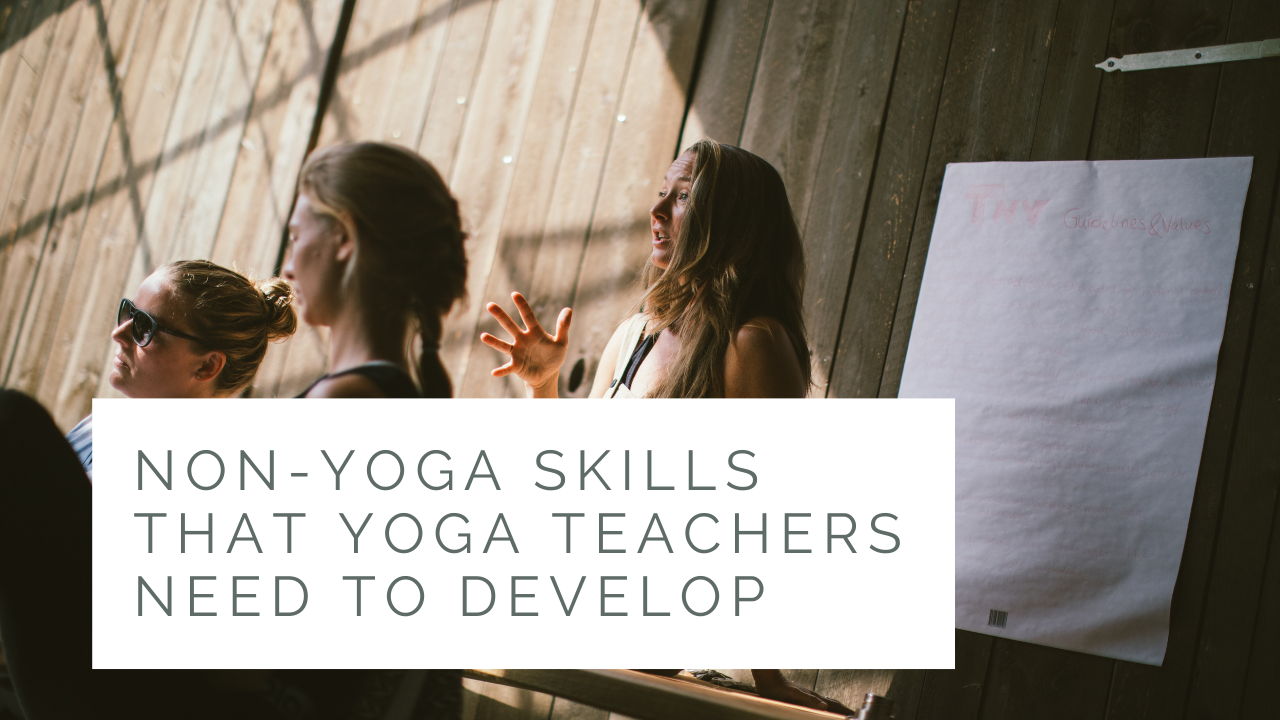
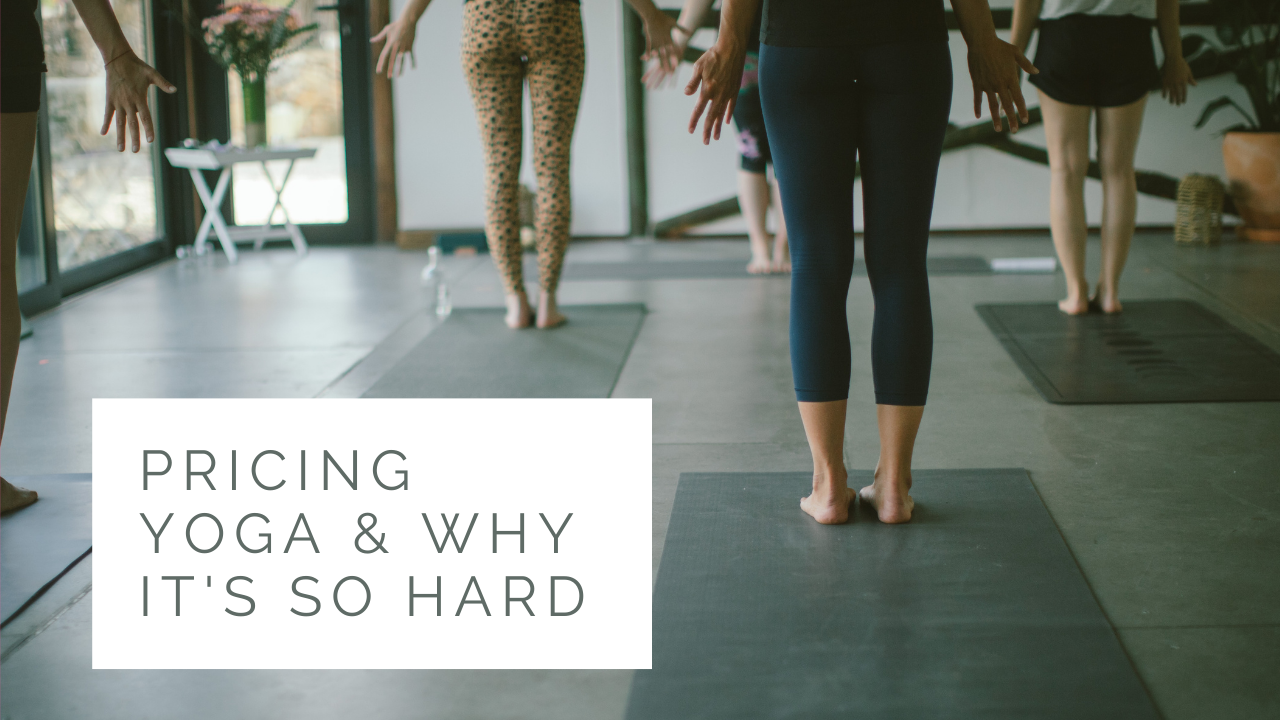
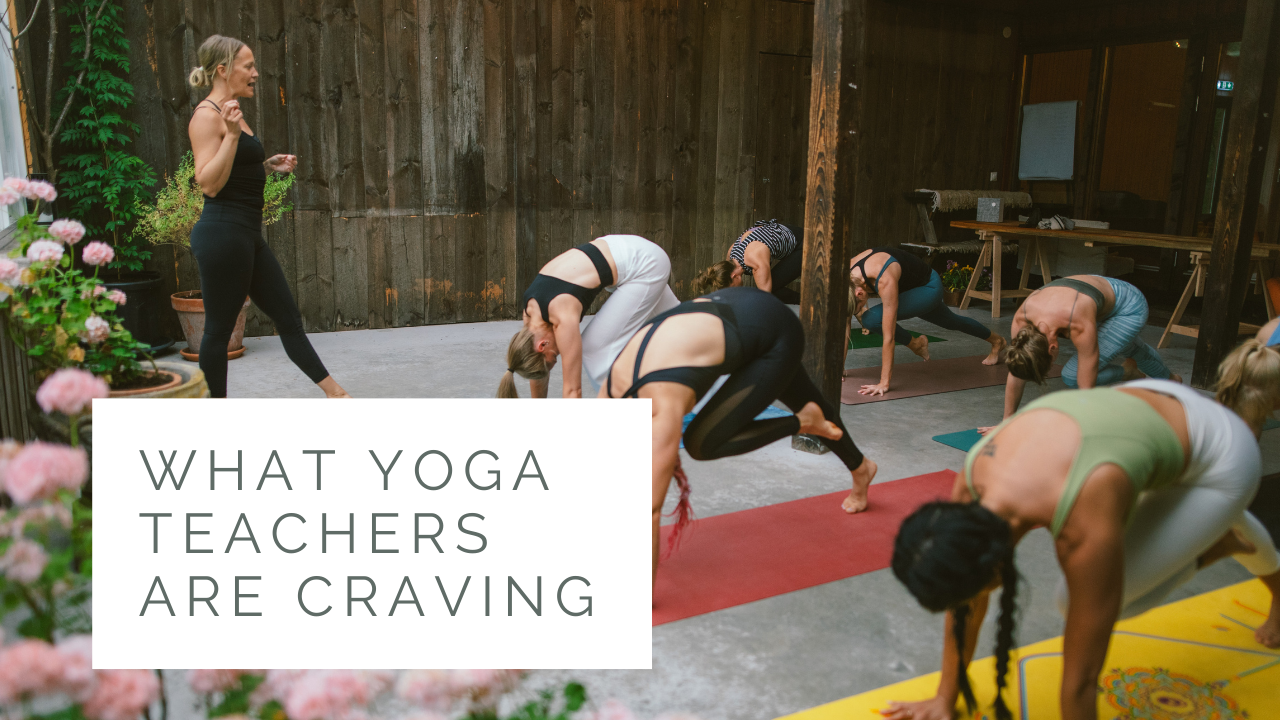
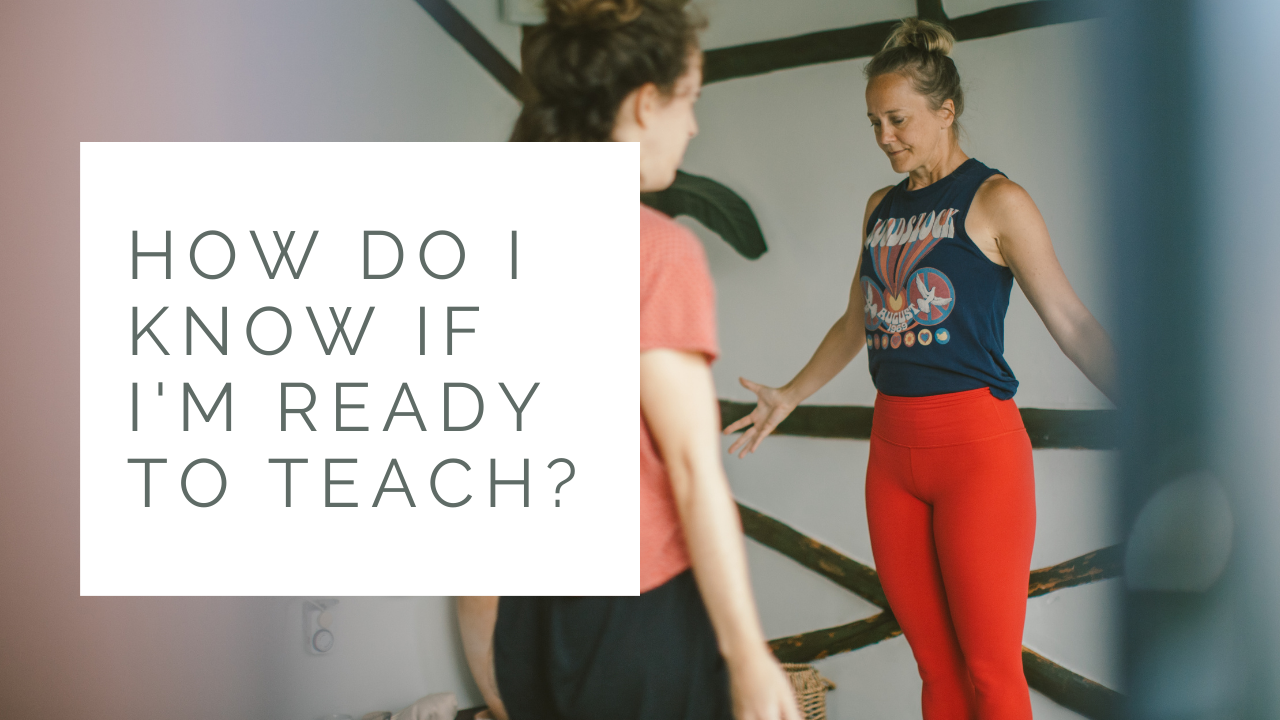

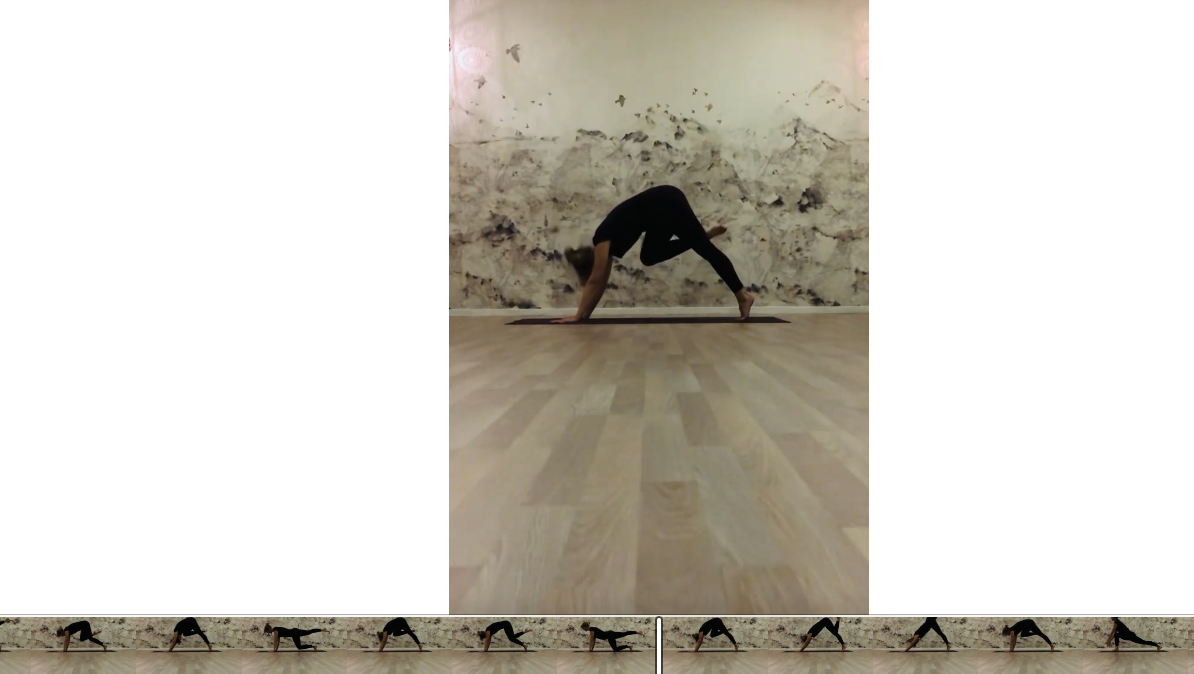
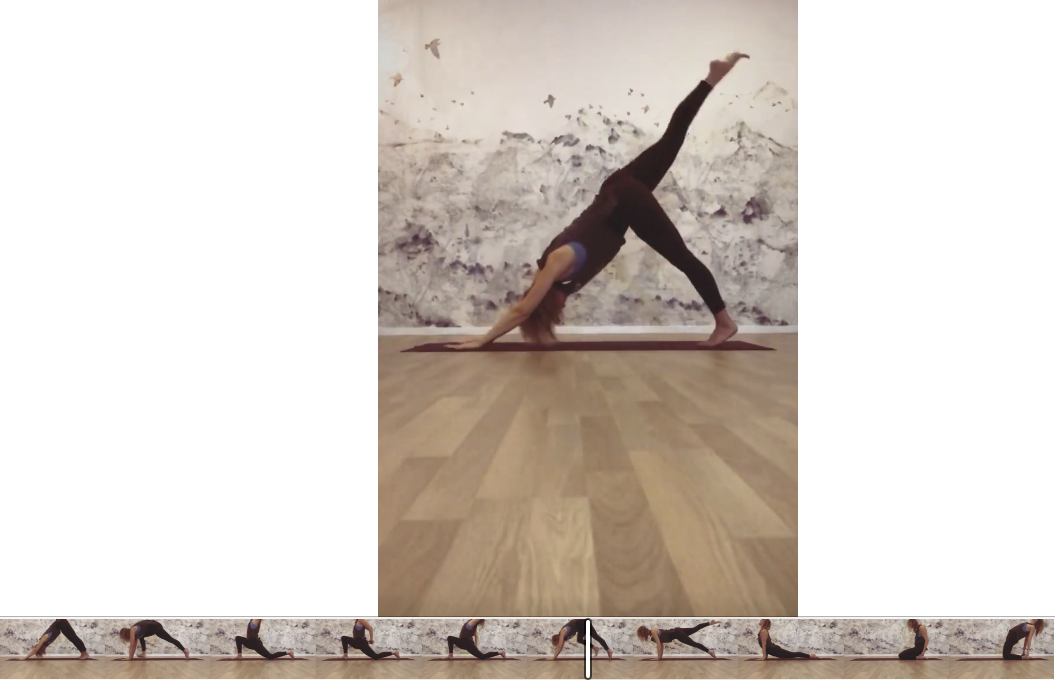
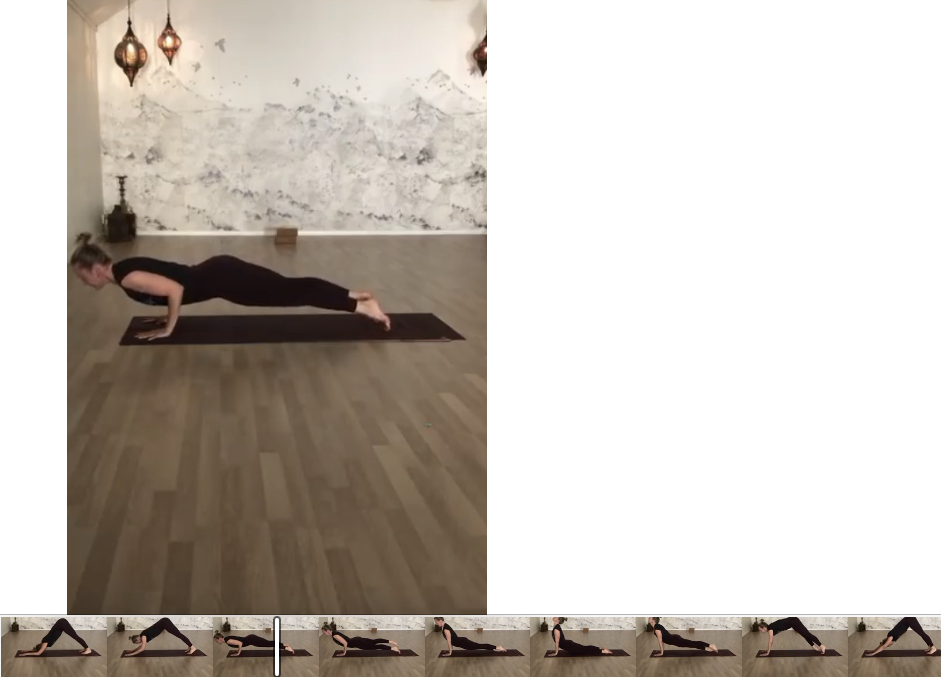
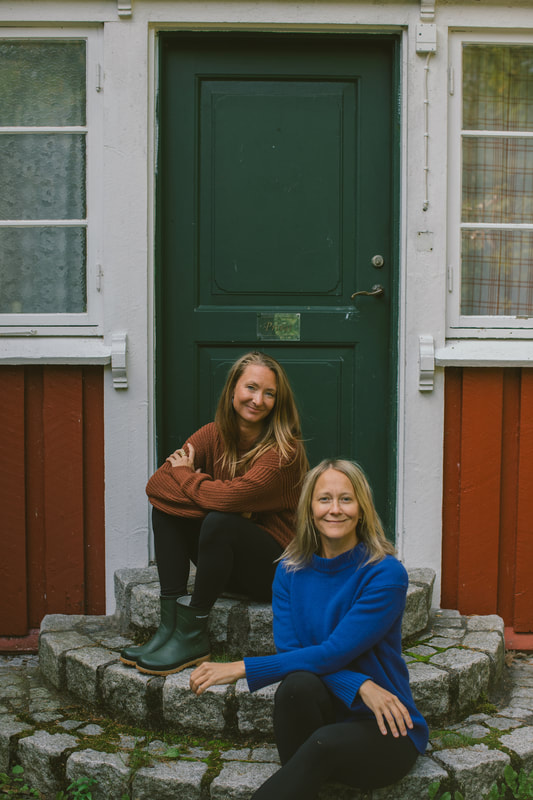
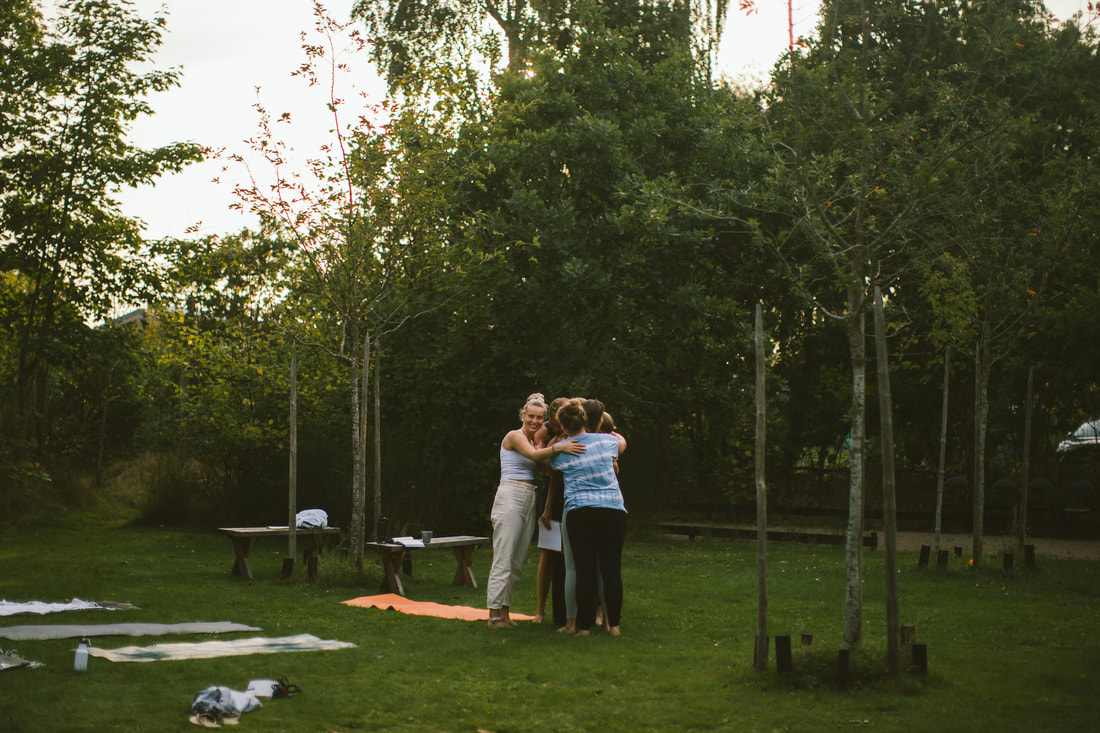
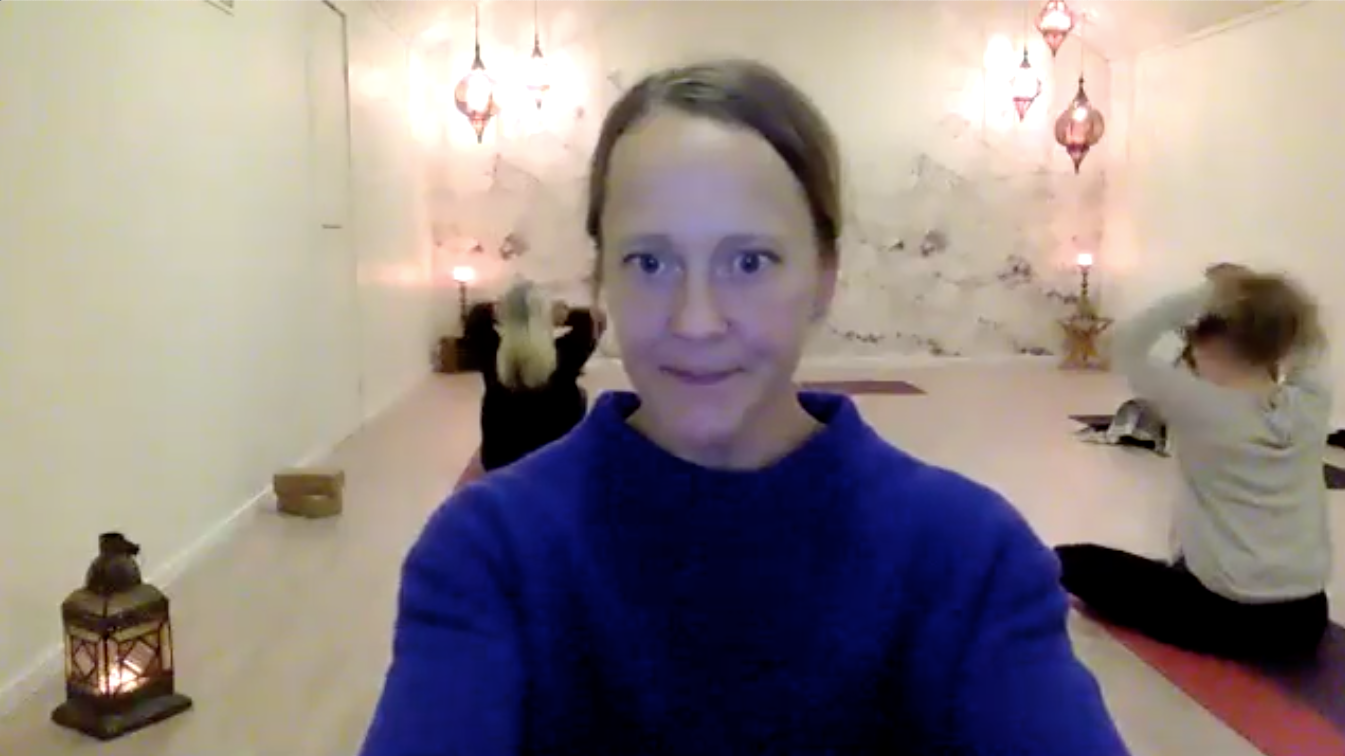
 RSS Feed
RSS Feed